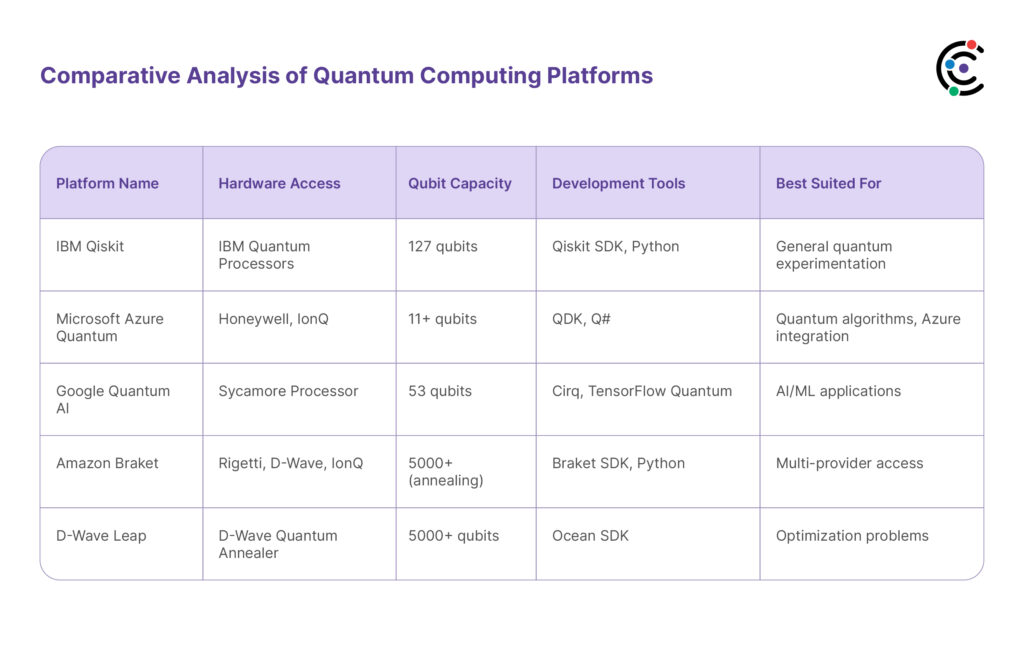Quantum computing is an emerging technology that promises revolutionary capabilities by leveraging the bizarre laws of quantum mechanics. With its ability to leverage the principles of superposition and entanglement, it has the potential to massively outperform even the most powerful classical supercomputers on certain computational tasks. However, quantum computing is still in its infancy with significant engineering challenges remaining before its full potential can be unlocked.
Cloud computing is playing a pivotal role in accelerating progress by democratizing access to quantum hardware and resources through scalable cloud-based environments and services. This article explores how cloud computing is powering the next generation of quantum technologies and examines some of the recent advances and applications made possible through this approach.
Accessibility Through the Cloud
One of the major barriers holding back quantum computing research and development is the limited availability and high costs associated with accessing quantum hardware. Early quantum computers require cryogenic cooling and extensive shielding from noise and vibration, making them expensive and complex to operate. They have typically only been available to a handful of researchers at specialized labs and computing centers.
Cloud computing is helping to solve this accessibility problem by allowing quantum processors and simulators to be hosted remotely on cloud servers. This provides on-demand access to quantum resources for a diverse range of users around the world through simple internet connections and software tools.
All major cloud providers have now launched initial quantum computing offerings, including Amazon Bracket, IBM Q Experience, Microsoft Azure Quantum, and Google’s Quantum AI. Through cloud-based environments and programming interfaces, scientists, developers, businesses, and educators can remotely explore algorithms, run experiments, and gain hands-on experience with real quantum processors or quantum simulators.
Hardware access is abstracted and simplified, removing the need for specialized expertise or on-site quantum facilities. This lowers the barriers drastically compared to traditional access models and brings quantum technologies within reach of a much broader audience.
One of the first cloud-based quantum computers enabled via this model was IBM’s 5-qubit quantum processor accessible on the IBM Q Experience platform since 2016. As quantum hardware rapidly improves, more powerful processors are being deployed in the cloud. In 2022, IBM made their 65-qubit Eagle processor available via the cloud, while their 127-qubit Condor processor followed in 2023. Likewise, other cloud providers are rolling out new generations of quantum systems, helping to accelerate research progress with greater processing power.
Collaboration and Simulation Tools
Aside from hardware access, cloud platforms provide an assortment of additional quantum-oriented tools and services that stimulate collaborative progress. Programming and simulation environments give users the means to develop quantum algorithms, test logic flows, and interact with simulators that model quantum behavior. Code can then be run on real quantum processors to verify theoretical predictions.
All major cloud platforms provide easy-to-use simulators and software development kits (SDKs) for constructing quantum programs in popular languages like Python. IBM’s Qiskit and Microsoft’s Quantum Development Kit are examples of full-stack open-source developer tools that power both simulation and hardware experimentation.
Pre-built algorithms, tutorials, code samples, and documentation help provide a guided entry point. Cloud capabilities like GitHub and Jupyter Notebooks further support collaborative development through version control and interactive exploration of quantum concepts and code.
In addition, cloud platforms increasingly host open quantum computing datasets, processing benchmarks, and challenges to foster head-to-head algorithm comparison and independent review. Communities form around cloud-hosted quantum projects, allowing far-flung contributors to cooperate on codebases, documentation, and tackling open problems.
Applications Across Industries
By making quantum technologies more programmatically accessible through the cloud, it opens the door for real-world applications to take shape across industries. The financial sector is an early adopter, with use cases spanning portfolio optimization, risk analysis, and fraud detection through quantum machine learning techniques.
Cloud-based quantum simulation is revealing new insights into materials design and drug discovery in pharmaceutical applications. Quantum annealers also show promise for logistics and supply chain optimization. One notable example is Daimler’s work optimizing vehicle routes using D-Wave quantum annealers hosted on the Leap quantum cloud service.
Beyond commercial sectors, governments have begun piloting quantum-safe cryptography protocols for securing digital infrastructure through projects like Australia’s Quantum Cloud Technology Initiative. Quantum simulations of chemical reactions are aiding clean energy research at the US Department of Energy’s Argonne National Lab. Cloud quantum APIs are driving new educational materials and massive open online courses (MOOCs) on quantum technologies. Through these types of initiatives, the cloud facilitates both exploration and scalable deployment of quantum technologies across a diversity of domains.
Programming Paradigms for the Cloud
Programming models for quantum computers have been designed specifically for the cloud environment to support broad, collaborative development. The most popular paradigm is circuit-based, where quantum programs are expressed as sequences of elemental quantum logic gates acting on qubits. This “quantum circuit” model maps well to both simulation and hardware execution.
Frameworks like Qiskit and Microsoft’s Quantum Development Kit expose circuit-drawing APIs that allow the procedural construction of circuits in high-level languages. Virtual quantum circuit simulators driven by classical processors can then validate logic flows before submitting circuits to actual quantum hardware. Further, circuits can represent common algorithmic structures like quantum Fourier transforms, Grover’s search, and matrix operations in a reusable way.
Some projects explore domain-specific languages as an alternative to circuits, leveraging the similarities between quantum information and concepts in linear algebra. ProjectQ provides a Python-embedded DSL centered around matrices and vectors, while Quantum++ adopts a C++ approach focused on representing quantum states as complex wavefunctions. Tools like these aim to raise the level of abstraction and simplify programming quantum solutions for key industry problems.
Hardware Roadmap Toward Practicality
For cloud-based quantum systems to deliver on their transformative potential, quantum processors must continue to progress along the hardware roadmap. Early noisy intermediate-scale quantum (NISQ) devices, while useful for validation and simulation, lack the scale and reliability required for solving real-world problems beyond what classical computers can handle. As a result, hardware advances are crucial.
According to IBM’s roadmap, quantum volume, a metric capturing the processing power available for running and evaluating circuits, has been doubling annually. Key enabling technologies involve boosting qubit count, coherence, connectivity, parallelism, noise-resilience, and fidelity while minimizing physical footprint and power requirements. Suppressed-decoherence materials, topological approaches, optimized control electronics, improved error correction, and advanced fabrication are some techniques contributing to progress.
In the past year, various milestones advanced the roadmap. Honeywell demonstrated an 11-qubit system with coherence 100x better than predecessor devices, unlocking greater circuit depths. Model H1 achieved a quantum volume of 1024 by parallelizing 32 optical qubits. Google’s Sycamore achieved quantum supremacy and silicon spin qubits showcased computational utility with practical overheads. Meanwhile, at 127 qubits with high fidelity, IBM’s Condor processor signifies a new era of quantum advantage potential for cloud workloads.
As scaling advances are driven by academia and commercial innovators alike, more capable cloud services will arise beyond Noisy Intermediate Regimes into the thresholds of Fault Tolerance and Universal Quantum Computing. There, the problems quantum technology will prove disruptive for are set to expand even further across domains like finance, healthcare, transportation, artificial intelligence, and climate modeling.

Outlook and Conclusion
Through cloud-enabled access, programming tools, and hardware roadmaps, quantum computing is transitioning to a practicable technology with genuine applications. While obstacles remain, the tremendous progress in availability, scalability and capability achieved in recent years has steered quantum out of a research novelty into a burgeoning destination for mainstream development efforts. Going forward, a multi-pronged approach will combine software and hardware advancements with strategic emphasis on application pilots. Mature quantum systems that provide quantum advantage across complex, real-world use cases will be the benchmark signifying full practical realization of an emerging disruptor. Coordinated collaboration between industry, academia and governments will push forward hardware breakthroughs while standards bodies continue shaping software stacks and programming models.












